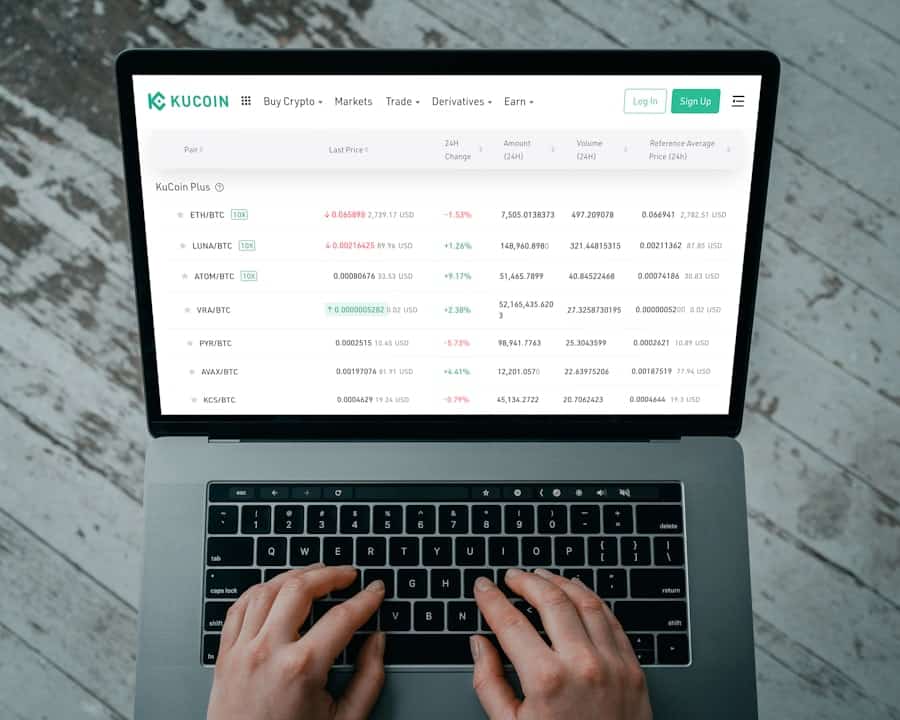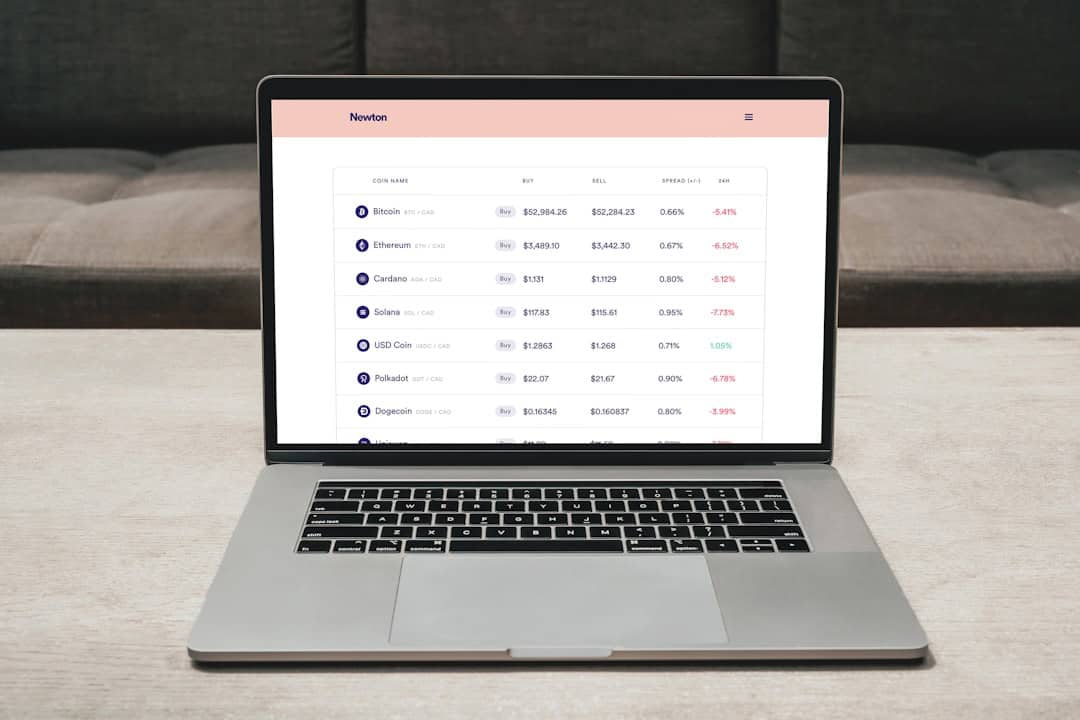Zero Trust Network Access (ZTNA) is a security framework that addresses limitations in traditional network security approaches. Unlike conventional models that rely on perimeter defenses, ZTNA assumes no user or device is inherently trustworthy, regardless of their location relative to the corporate network. This approach requires verification and authentication for every access request, treating each as a potential security threat.
ZTNA utilizes various technologies, including identity and access management (IAM), multi-factor authentication (MFA), encryption, and micro-segmentation, to ensure only authorized users and devices can access specific resources. This approach helps organizations reduce their attack surface, mitigate data breach risks, and enhance overall security. ZTNA is particularly relevant in today’s environment, where remote work and cloud-based applications have expanded beyond traditional network boundaries.
The ZTNA concept extends beyond technology, representing a shift in security mindset. It emphasizes the principle of least privilege, granting users access only to resources necessary for their job functions and for the required duration. This approach minimizes the risk of lateral movement by attackers and reduces the potential impact of security incidents.
ZTNA signifies a fundamental change in network security strategy, transitioning from a perimeter-based trust model to a more granular, identity-centric approach. This paradigm shift requires organizations to reevaluate and adapt their security practices to meet evolving cybersecurity challenges.
Key Takeaways
- Zero Trust Network Access (ZTNA) is a security model that requires strict identity verification for every person and device trying to access resources on a private network, regardless of whether they are inside or outside the network perimeter.
- Implementing ZTNA can lead to improved security, reduced risk of data breaches, and better protection for sensitive information by limiting access to only authorized users and devices.
- Palo Alto Networks’ ZTNA works by using a cloud-based service to broker connections between users and applications, ensuring that access is granted based on identity and context, rather than network location.
- Features of Palo Alto Networks’ ZTNA include adaptive access policies, continuous monitoring and risk assessment, and integration with existing security infrastructure for seamless deployment.
- Steps to implementing secure access with Palo Alto Networks’ ZTNA involve assessing current security posture, defining access policies, deploying ZTNA agents, and continuously monitoring and adjusting access controls based on user behavior and risk.
The Benefits of Implementing ZTNA
Implementing ZTNA offers a wide range of benefits for organizations looking to enhance their security posture and adapt to the evolving threat landscape. One of the key benefits of ZTNA is its ability to reduce the attack surface by implementing a least-privilege access model. By only granting access to authorized users and devices on a per-session basis, organizations can limit the potential impact of security incidents and prevent lateral movement by attackers within their network.
ZTNA also improves visibility and control over network access, allowing organizations to monitor and enforce access policies more effectively. This is particularly important in today’s environment, where employees are accessing corporate resources from a variety of locations and devices. With ZTNA, organizations can ensure that access controls are consistently applied across all environments, reducing the risk of unauthorized access and data exfiltration.
Furthermore, ZTNA can help organizations achieve compliance with industry regulations and data protection standards. By implementing strong authentication and access controls, organizations can demonstrate that they are taking proactive steps to protect sensitive data and mitigate the risk of data breaches. This can help organizations avoid costly fines and reputational damage associated with non-compliance.
Overall, implementing ZTNA can help organizations improve their security posture, reduce the risk of data breaches, and achieve compliance with industry regulations. By adopting a zero-trust mindset and leveraging advanced security technologies, organizations can better protect their sensitive data and ensure that only authorized users and devices can access their resources.
How Palo Alto Networks’ ZTNA Works

Palo Alto Networks’ ZTNA solution, also known as Prisma Access, is designed to provide secure access to applications and resources regardless of where they are hosted. The solution leverages a cloud-delivered architecture to ensure that users can securely connect to applications, whether they are hosted in the data center, public cloud, or software-as-a-service (SaaS) environments. Prisma Access uses a combination of technologies to enforce zero-trust principles, including identity-based access controls, micro-segmentation, encryption, and threat prevention capabilities.
By integrating these technologies into a unified platform, Prisma Access enables organizations to implement consistent access policies across all environments and provide secure access to both internal and external users. One of the key components of Prisma Access is its GlobalProtect cloud service, which provides secure remote access for users located outside the corporate network. GlobalProtect ensures that remote users can securely connect to corporate resources without compromising security or performance.
This is particularly important in today’s environment, where remote work has become the norm and organizations need to provide secure access to a distributed workforce. Overall, Palo Alto Networks’ ZTNA solution is designed to provide secure access to applications and resources regardless of their location. By leveraging a cloud-delivered architecture and advanced security technologies, Prisma Access enables organizations to enforce zero-trust principles and improve their overall security posture.
Features of Palo Alto Networks’ ZTNA
| Features | Description |
|---|---|
| Zero Trust Security Model | Provides secure access to applications and resources based on identity and context. |
| Multi-factor Authentication | Enhances security by requiring multiple forms of verification for user access. |
| Micro-segmentation | Divides the network into smaller segments to reduce the attack surface and limit lateral movement. |
| Continuous Monitoring | Monitors user behavior and access patterns to detect and respond to potential threats. |
Palo Alto Networks’ ZTNA solution, Prisma Access, offers a wide range of features designed to help organizations enforce zero-trust principles and provide secure access to applications and resources. One of the key features of Prisma Access is its identity-based access controls, which enable organizations to define granular access policies based on user identities and contextual information such as device type, location, and time of access. In addition to identity-based access controls, Prisma Access also provides micro-segmentation capabilities to help organizations enforce least-privilege access policies.
By segmenting the network into smaller, isolated zones, organizations can limit the potential impact of security incidents and prevent lateral movement by attackers within their network. This helps reduce the attack surface and improve overall security posture. Furthermore, Prisma Access includes advanced threat prevention capabilities to help organizations detect and prevent cyber threats before they can cause harm.
The solution leverages machine learning and behavioral analytics to identify potential threats and take proactive measures to mitigate them. This helps organizations stay ahead of emerging threats and protect their sensitive data from unauthorized access or exfiltration. Overall, Palo Alto Networks’ ZTNA solution offers a comprehensive set of features designed to help organizations enforce zero-trust principles and provide secure access to applications and resources.
By leveraging advanced security technologies such as identity-based access controls, micro-segmentation, and threat prevention capabilities, Prisma Access enables organizations to improve their security posture and reduce the risk of data breaches.
Steps to Implementing Secure Access with Palo Alto Networks’ ZTNA
Implementing secure access with Palo Alto Networks’ ZTNA solution, Prisma Access, involves several key steps designed to help organizations enforce zero-trust principles and provide secure access to applications and resources. The first step in implementing Prisma Access is to define access policies based on zero-trust principles, including least-privilege access controls and identity-based authentication. Once access policies have been defined, organizations can deploy Prisma Access in their environment and configure it to enforce these policies across all environments, including the data center, public cloud, and SaaS applications.
This involves integrating Prisma Access with existing network infrastructure and ensuring that it can effectively enforce access controls for both internal and external users. After deploying Prisma Access, organizations should continuously monitor and evaluate their access policies to ensure that they are effectively enforcing zero-trust principles. This involves analyzing access logs and user behavior to identify potential security risks and take proactive measures to mitigate them.
By continuously monitoring access policies, organizations can adapt to evolving threats and ensure that only authorized users and devices can access their resources. Overall, implementing secure access with Palo Alto Networks’ ZTNA solution involves defining access policies based on zero-trust principles, deploying Prisma Access in the environment, and continuously monitoring access controls to ensure that they are effectively enforcing zero-trust principles. By following these steps, organizations can improve their security posture and reduce the risk of data breaches.
Case Studies: Real-World Applications of Palo Alto Networks’ ZTNA

Several organizations have successfully implemented Palo Alto Networks’ ZTNA solution, Prisma Access, to enforce zero-trust principles and provide secure access to applications and resources. One such organization is a global financial services firm that needed to provide secure remote access for its distributed workforce while ensuring compliance with industry regulations. By implementing Prisma Access, the financial services firm was able to enforce least-privilege access controls based on user identities and contextual information such as device type and location.
This enabled the organization to provide secure remote access for its employees without compromising security or performance. Furthermore, Prisma Access helped the organization achieve compliance with industry regulations by implementing strong authentication and access controls. Another organization that has successfully implemented Prisma Access is a healthcare provider that needed to securely connect its branch offices to centralized applications hosted in the data center.
By deploying Prisma Access in its environment, the healthcare provider was able to implement micro-segmentation capabilities to limit the potential impact of security incidents and prevent lateral movement by attackers within its network. This helped the organization reduce its attack surface and improve overall security posture. Overall, these case studies demonstrate the real-world applications of Palo Alto Networks’ ZTNA solution, Prisma Access.
By leveraging advanced security technologies such as identity-based access controls, micro-segmentation, and threat prevention capabilities, organizations can enforce zero-trust principles and provide secure access to applications and resources.
The Future of Secure Access: Emerging Trends in ZTNA Technology
Looking ahead, there are several emerging trends in ZTNA technology that are shaping the future of secure access for organizations. One such trend is the integration of artificial intelligence (AI) and machine learning (ML) into ZTNA solutions to improve threat detection and response capabilities. By leveraging AI and ML algorithms, ZTNA solutions can analyze user behavior and network traffic patterns to identify potential threats and take proactive measures to mitigate them.
Another emerging trend in ZTNA technology is the adoption of software-defined perimeter (SDP) architectures to provide secure access for remote users and devices. SDP architectures enable organizations to create dynamic perimeters around specific resources based on user identities and contextual information. This helps organizations enforce least-privilege access controls and limit the potential impact of security incidents.
Furthermore, there is a growing emphasis on user experience in ZTNA technology, with vendors focusing on providing seamless and frictionless access for users while maintaining strong security controls. This involves integrating ZTNA solutions with single sign-on (SSO) capabilities and adaptive authentication mechanisms to ensure that users can securely access applications without compromising usability. Overall, these emerging trends in ZTNA technology are shaping the future of secure access for organizations by improving threat detection capabilities, adopting SDP architectures, and focusing on user experience.
By staying ahead of these trends, organizations can better protect their sensitive data and ensure that only authorized users and devices can access their resources.
If you’re interested in learning more about the concept of multi-universe platforms and ecosystems, you should check out this article on exploring Megaverse: an introduction to multi-universe concepts. It delves into the idea of interconnected virtual worlds and how they can create a rich and diverse online community. This article provides valuable insights that can complement your understanding of Palo ZTNA and its role in shaping the future of virtual environments.
FAQs
What is Palo Alto Networks Zero Trust Network Access (ZTNA)?
Palo Alto Networks Zero Trust Network Access (ZTNA) is a security framework that assumes all access to resources is untrusted, regardless of whether the access is coming from inside or outside the network. It focuses on verifying the identity of users and devices and granting access based on specific policies.
How does Palo Alto Networks ZTNA work?
Palo Alto Networks ZTNA uses a combination of user and device authentication, continuous monitoring, and access policies to ensure that only authorized users and devices can access specific resources. It does not rely on traditional network perimeters and instead focuses on securing individual access to applications and data.
What are the benefits of using Palo Alto Networks ZTNA?
Some of the benefits of using Palo Alto Networks ZTNA include improved security by reducing the attack surface, better visibility and control over access to resources, and the ability to enforce granular access policies based on user and device attributes.
Is Palo Alto Networks ZTNA suitable for all types of organizations?
Palo Alto Networks ZTNA can be suitable for organizations of various sizes and industries. It is particularly beneficial for organizations that want to strengthen their security posture by implementing a zero trust approach to network access.
How does Palo Alto Networks ZTNA differ from traditional VPN solutions?
Palo Alto Networks ZTNA differs from traditional VPN solutions in that it focuses on securing individual access to applications and data, rather than providing broad network access. It also incorporates user and device authentication, continuous monitoring, and access policies to ensure a more secure and granular approach to access control.











Leave a Reply